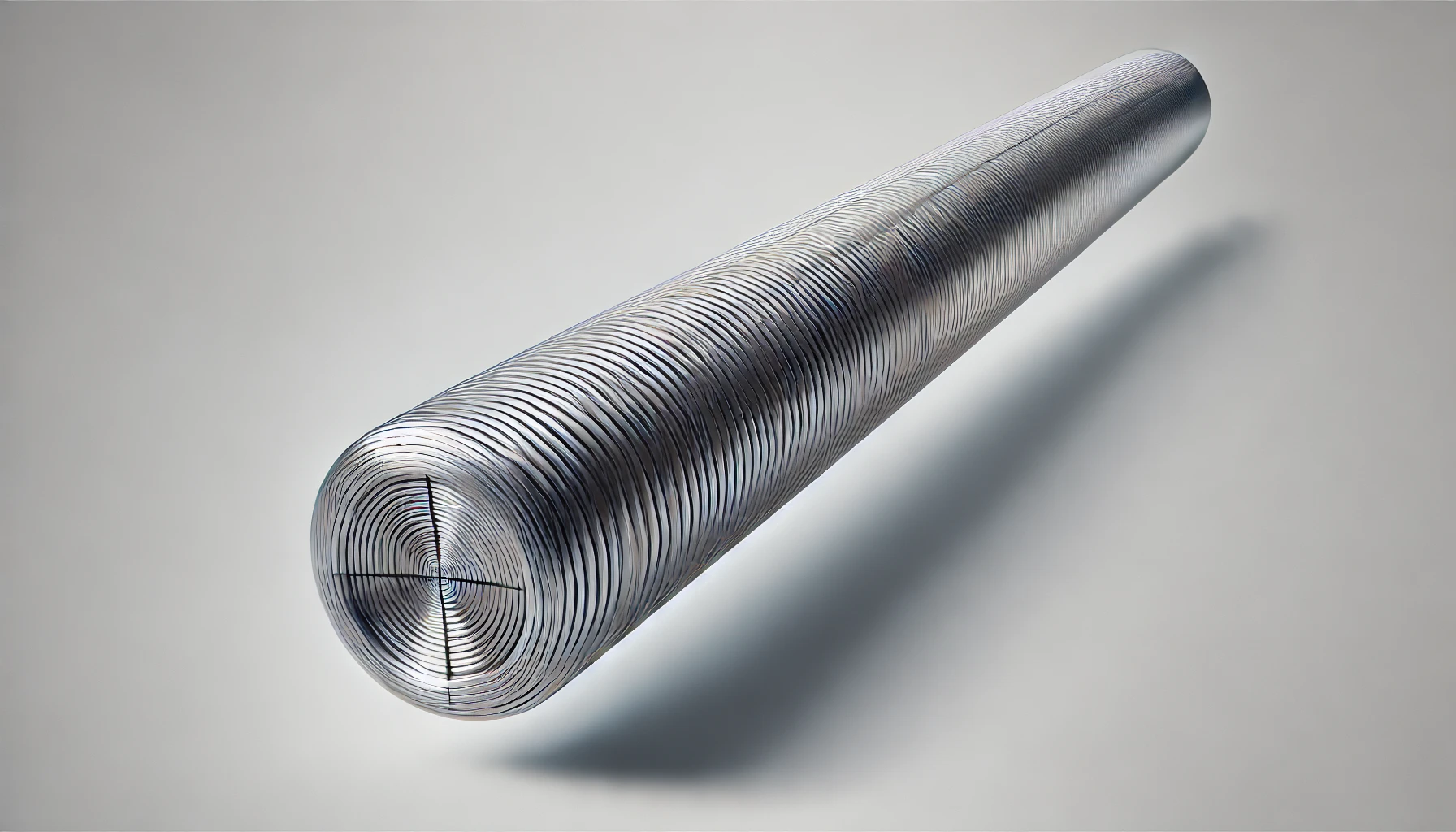Poisson’s ratio, also known as Poisson’s number, is an important parameter in material mechanics. It describes how a material deforms transversely when stretched or compressed in the longitudinal direction. The discovery of this ratio is attributed to the French mathematician Siméon Denis Poisson, who studied the elasticity of materials in the 19th century.
What is Poisson’s ratio?
It is the ratio of the relative transverse strain to the relative longitudinal strain under uniaxial stress. Mathematically, it can be expressed with the formula:
\nu = -\frac{\epsilon_{\text{trans}}}{\epsilon_{\text{long}}}
- \nu – Poisson’s ratio (dimensionless),
- \epsilon_{\text{trans}} – relative transverse strain,
- \epsilon_{\text{long}} – relative longitudinal strain.
For most materials, the ratio ranges from 0 to 0.5. Values close to 0 indicate small transverse deformations, while values close to 0.5 suggest significant contraction in the transverse direction.
Examples of Poisson’s ratio values
Different materials exhibit different values of Poisson’s ratio:
- Rubber: ~0.50
- Stainless steel: 0.30–0.31
- Aluminum: 0.33
- Glass: 0.18–0.30
- Concrete: ~0.20
- Cork: ~0.00
Materials like cork practically do not deform transversely, making them ideal for insulation applications.
How to calculate Poisson’s ratio?
To calculate the ratio, measurements of strain in the material sample need to be taken. Example:
- A rod with a length of L = 100 , \text{mm}
and a diameter of d = 10 , \text{mm}
is stretched, resulting in an elongation of \Delta L = 2 , \text{mm}. - The diameter decreased by \Delta d = 0.05 , \text{mm}.
- We calculate the ratio:
\nu = -\frac{\Delta d / d}{\Delta L / L} = -\frac{0.05 / 10}{2 / 100} = 0.25
Applications of Poisson’s ratio
- Materials engineering: Helps predict how materials behave under load.
- Structural design: Facilitates stress and strain analysis in constructions.
- Medical industry: Useful in modeling human tissues and prosthetics.
Curiosity: Auxetics
Some materials, called auxetics, have a negative Poisson’s ratio. This means they expand transversely when stretched. They are used in bulletproof vests and modern composites.
Summary
Poisson’s ratio is a fundamental concept in material mechanics, describing how materials deform in response to stress. Its value, typically ranging from 0 to 0.5 for most materials, has significant implications in various fields, including materials engineering, structural design, and medical applications.




